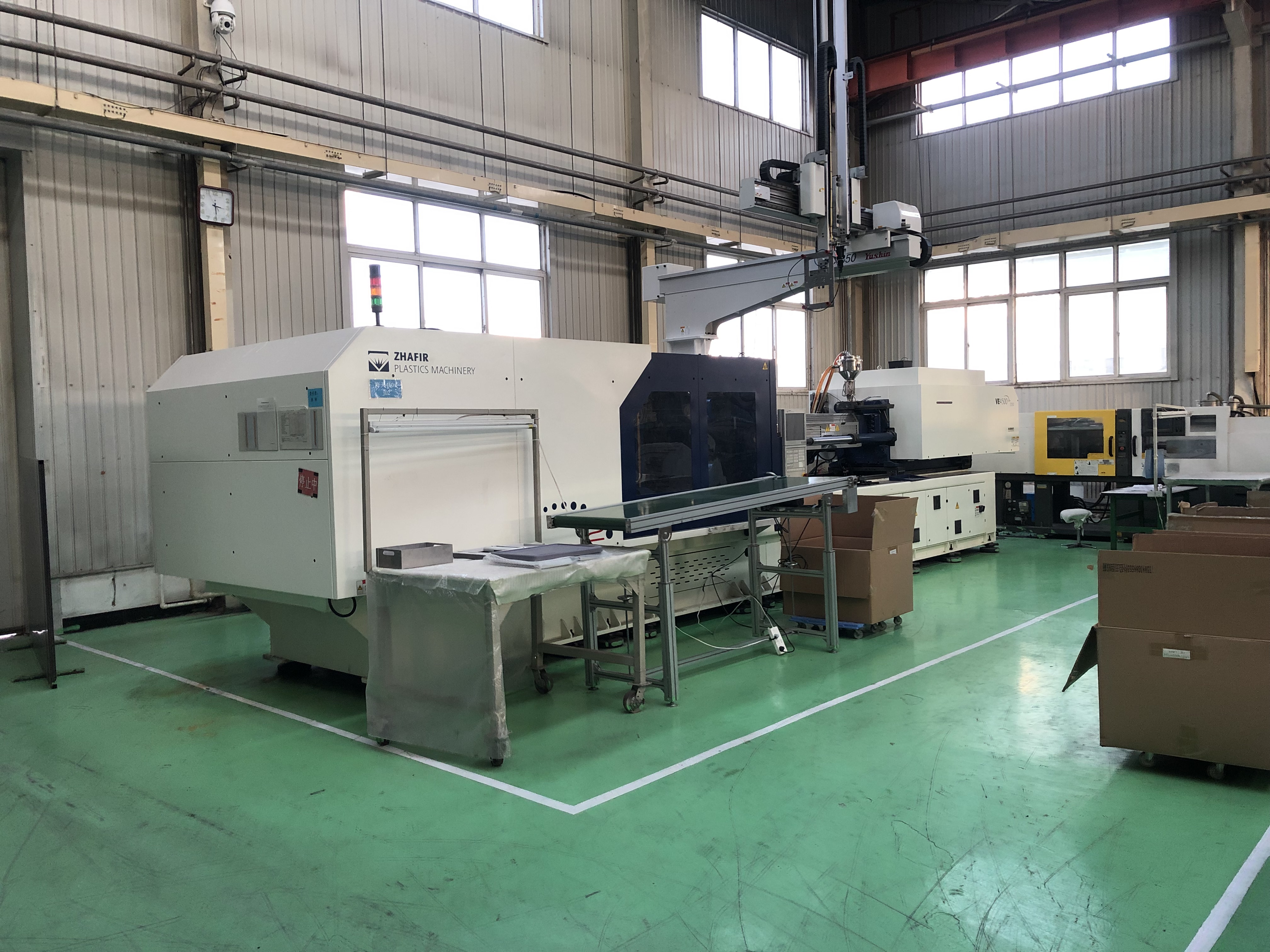In the process of machining and injection moulding production, it is an integrated system, which cannot be separated.
In injection moulding, the gating system refers to the part of the runner before the plastic enters the cavity from the nozzle, including the main runner, cold material cavity, runner and gate, etc.
The pouring system is also called the runner system. It is a set of feed channels that lead the plastic melt from the nozzle of the injection machine to the cavity. It usually consists of a main runner, a runner, a gate and a cold material cavity. It is directly related to the molding quality and production efficiency of plastic products.
Injection Mold Main road:
It is a passage in the mold that connects the nozzle of the injection molding machine to the runner or cavity. The top of the sprue is concave to connect with the nozzle. The diameter of the main runner inlet should be slightly larger than the nozzle diameter (0.8mm) to avoid overflow and prevent the two from being blocked due to inaccurate connection. The diameter of the inlet depends on the size of the product, generally 4-8mm. The diameter of the main runner should be expanded inward at an angle of 3° to 5° to facilitate the demolding of the runner.
Cold Slug:
It is a cavity at the end of the main runner to trap the cold material generated between two injections at the end of the nozzle to prevent the clogging of the runner or gate. Once the cold material is mixed into the cavity, internal stress is likely to occur in the manufactured product. The diameter of the cold slug hole is about 8-10mm and the depth is 6mm. In order to facilitate demolding, the bottom is often borne by the demolding rod. The top of the stripping rod should be designed in a zigzag hook shape or set with a recessed groove, so that the sprue can be pulled out smoothly during demolding.


Shunt:
It is the channel connecting the main channel and each cavity in the multi-slot mold. In order to make the melt fill the cavities at the same speed, the arrangement of the runners on the mold should be symmetrical and equidistant. The shape and size of the cross-section of the runner have an impact on the flow of the plastic melt, the product demolding and the difficulty of mold manufacturing. If the flow of the same amount of material is used, the flow channel resistance with a circular cross-section is the smallest. However, because the specific surface of the cylindrical runner is small, it is unfavorable for the cooling of the runner redundant, and the runner must be opened on the two mold halves, which is labor intensive and difficult to align. Therefore, trapezoidal or semicircular cross-section runners are often used, and they are opened on half of the mold with a stripping rod. The runner surface must be polished to reduce flow resistance and provide a faster filling speed. The size of the runner depends on the type of plastic, the size and thickness of the product.
For most thermoplastics, the cross-section width of the runners does not exceed 8mm, the extra-large ones can reach 10-12mm, and the extra-small ones 2-3mm. On the premise of meeting the needs, the cross-sectional area should be reduced as much as possible to increase the debris of the runner and extend the cooling time.

Post time: Sep-13-2021
